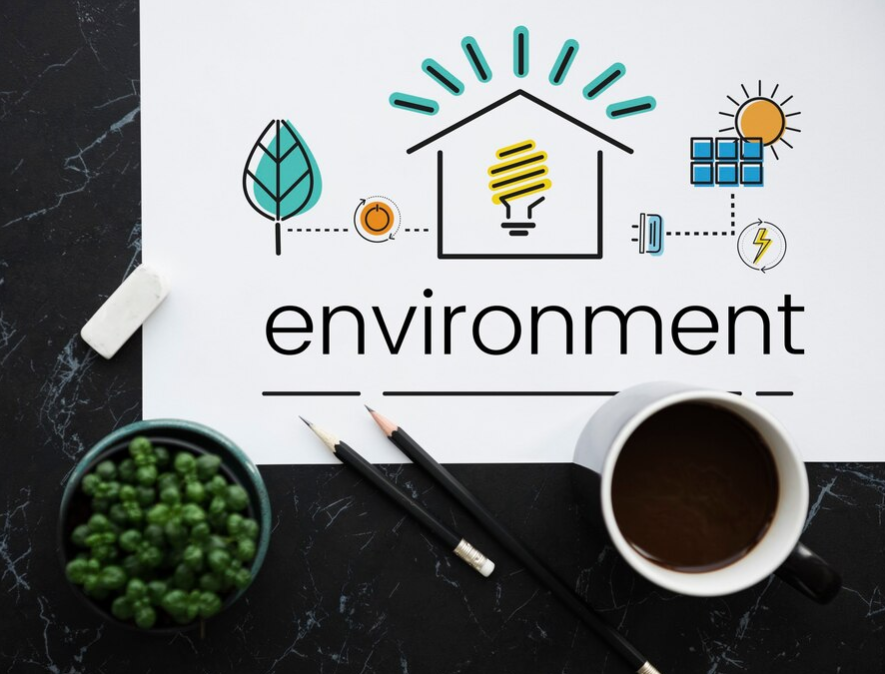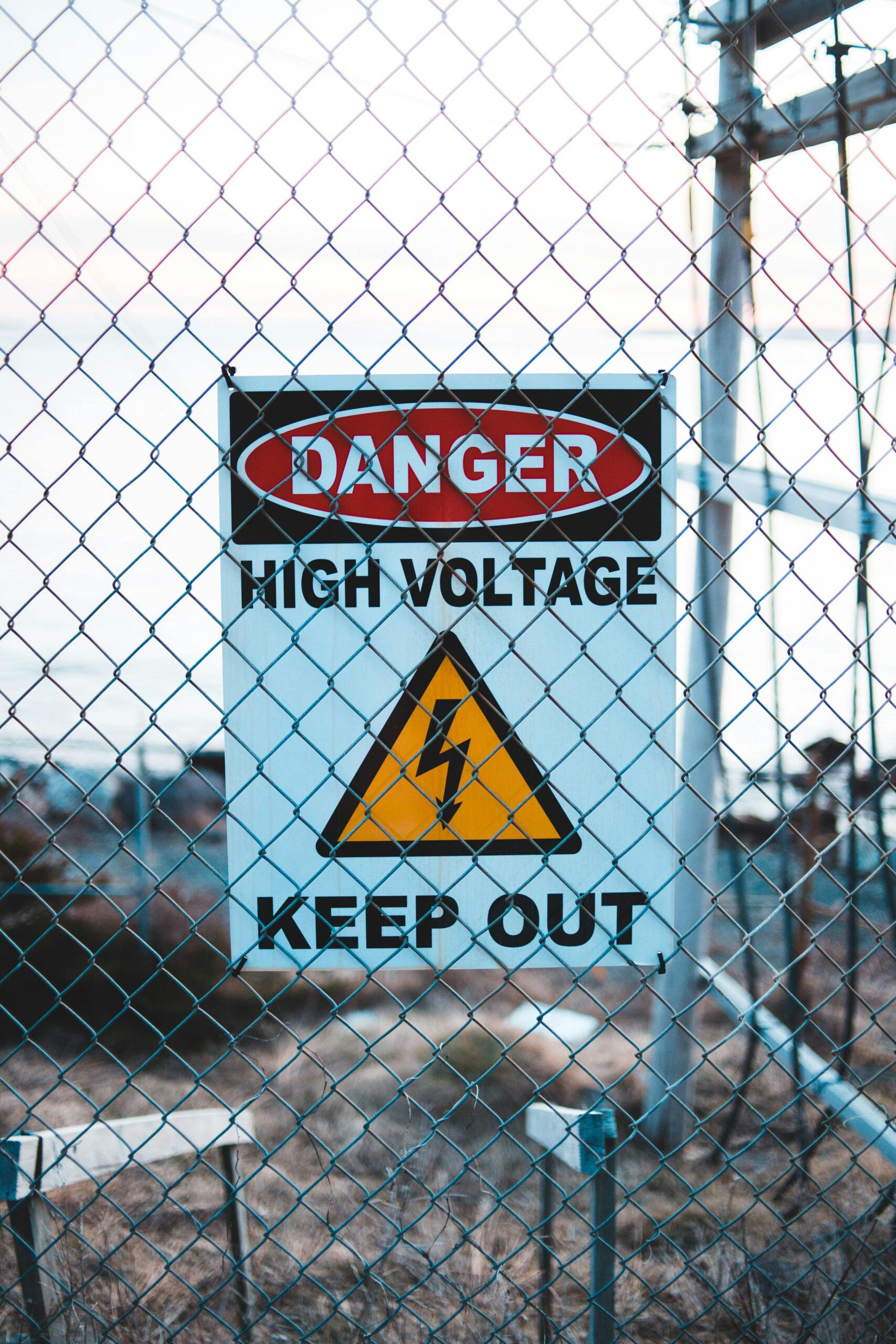
WHAT IS EIA?
EIA is an exercise to be carried out before any project or major activity is undertaken to ensure that it will not in any way harm the environment on a short term or long term basis.
An EIA concentrate on problems, conflicts and natural resource constraints which might affect the viability of a project.
It also predicts how the project could harm to people, their homeland, their livelihoods, and the other nearby developmental activities. After predicting potential impacts, the EIA identifies measures to minimize the impacts and suggests ways to improve the project viability.
The aim of an EIA is to ensure that potential impacts are identified and addressed at an early stage in the projects planning and design.
EIA PROCESS IN INDIA
The role for EIA was formally recognized at the earth summit held at Rio conference in 1992. Principle 17 of the Rio declaration states that –
“EIA as a national instrument shall be undertaken for the proposed activities that are likely to have significant adverse impact on the environment and are subject to a decision of a competent national authority”.
In India many of the developmental projects till as recently as the 1980s were implemented with very little or no environmental concerns.
Till 1980, the subjects of environment and forests were the concern of the Dept of Science and Technology and Ministry of Agriculture respectively. Later, the issues were formally attended by the Dept of Environment which was established in 1980. This was then upgraded to the Ministry of Environment & Forest in 1985.
A major legislative measures for the purpose of environmental clearance was in 1994 when specific notification was issued under section 3 and rule 5 of the environment protection Act , 1986 called the “Environment impact Assessment Notification 1994”. The notification was further amended in 2006
OBJECTIVE OF EIA
The objective of EIA is to foresee the potential environmental problems that would arise out of a proposed development and address them in the project’s planning and design stage. The EIA process should then allow for the communication of this information to:
(a) The project proponent;
(b) The regulatory agencies; and,
(c) All stakeholders and interest groups.
EIA integrates the environmental concerns in the developmental activities right at the time of initiating for preparing the feasibility report. In doing so it can enable the integration of environmental concerns and mitigation measures in project development. EIA can often prevent future liabilities or expensive alterations in project design.
EIA NOTIFICATION 2006
The Ministry has issued the Environmental Impact Assessment Notification, 2006, which makes environmental clearance mandatory for the development activities listed in its schedule.
EXTRACTS FROM EIA NOTIFICATION 2006
Requirements of prior Environmental Clearance (EC):
The following projects or activities shall require prior environmental clearance from the concerned regulatory authority, which shall hereinafter referred to be as the Central Government in the Ministry of Environment and Forests for matters falling under Category ‘A’ in the Schedule and at State level the State Environment Impact Assessment Authority (SEIAA) for matters falling under Category ‘B’ in the said Schedule, before any construction work, or preparation of land by the project management except for securing the land, is started on the project or activity:
(i) All new projects or activities listed in the Schedule to this notification;
(ii) Expansion and modernization of existing projects or activities listed in the Schedule to this notification with addition of capacity beyond the limits specified for the concerned sector, that is, projects or activities which cross the threshold limits given in the Schedule, after expansion or modernization;
(iii) Any change in product – mix in an existing manufacturing unit included in Schedule beyond the specified range.
State Level Environment Impact Assessment Authority:
A State Level Environment Impact Assessment Authority hereinafter referred to as the SEIAA shall be constituted by the Central Government under sub-section (3) of section 3 of the Environment (Protection) Act, 1986 comprising of three Members including a Chairman and a Member – Secretary to be nominated by the State Government or the Union territory Administration concerned.
Categorization of projects and activities:
(i) All projects and activities are broadly categorized in to two categories – Category A and Category B, based on the spatial extent of potential impacts and potential impacts on human health and natural and man made resources.
(ii) All projects or activities included as Category ‘A’ in the Schedule, including expansion and modernization of existing projects or activities and change in product mix, shall require prior environmental clearance from the Central Government in the Ministry of Environment and Forests (MoEF) on the recommendations of an Expert Appraisal Committee (EAC) to be constituted by the Central Government for the purposes of this notification;
(iii) All projects or activities included as Category ‘B’ in the Schedule, including expansion and modernization of existing projects or activities as specified in sub paragraph (ii) of paragraph 2, or change in product mix as specified in sub paragraph (iii) of paragraph 2, but excluding those which fulfill the General Conditions (GC) stipulated in the Schedule, will require prior environmental clearance from the State/Union territory Environment Impact Assessment Authority (SEIAA). The SEIAA shall base its decision on the recommendations of a State or Union territory level Expert Appraisal Committee (SEAC) as to be constituted for in this notification. In the absence of a duly constituted SEIAA or SEAC, a Category ‘B’ project shall be treated as a Category ‘A’ project;
Screening, Scoping and Appraisal Committees:


The same Expert Appraisal Committees (EACs) at the Central Government and SEACs (hereinafter referred to as the (EAC) and (SEAC) at the State or the Union territory level shall screen, scope and appraise projects or activities in Category ‘A’ and Category ‘B’ respectively. EAC and SEAC’s shall meet at least once every month.
Application for Prior Environmental Clearance (EC):
An application seeking prior environmental clearance in all cases shall be made in the prescribed Form 1 annexed herewith and Supplementary Form 1A, if applicable, as given in Appendix II, after the identification of prospective site(s) for the project and/or activities to which the application relates, before commencing any construction activity, or preparation of land, at the site by the applicant. The applicant shall furnish, along with the application, a copy of the pre-feasibility project report except that, in case of construction projects or activities (item 8 of the Schedule) in addition to Form 1 and the Supplementary Form 1A, a copy of the conceptual plan shall be provided, instead of the pre-feasibility report.
Stages in the Prior Environmental Clearance (EC) Process for New Projects:
The environmental clearance process for new projects will comprise of a maximum of four stages. These four stages in sequential order are:-
Stage (1) Screening (Only for Category ‘B’ projects and activities)
Stage (2) Scoping
Stage (3) Public Consultation
Stage (4) Appraisal
Stage (1) – Screening:
In case of Category ‘B’ projects or activities, this stage will entail the scrutiny of an application seeking prior environmental clearance made in Form 1 by the concerned State level Expert Appraisal Committee (SEAC) for determining whether or not the project or activity requires further environmental studies for preparation of an Environmental Impact Assessment (EIA) for its appraisal prior to the grant of environmental clearance depending up on the nature and location specificity of the project . The projects requiring an Environmental Impact Assessment report shall be termed Category ‘B1’ and remaining projects shall be termed Category ‘B2’ and will not require an Environment Impact Assessment report. For categorization of projects into B1 or B2 except item 8 (b), the Ministry of Environment and Forests shall issue appropriate guidelines from time to time.
Stage (2) – Scoping:
“Scoping”: refers to the process by which the Expert Appraisal Committee in the case of Category ‘A’ projects or activities, and State level Expert Appraisal Committee in the case of Category ‘B1’ projects or activities, including applications for expansion and/or modernization and/or change in product mix of existing projects or activities, determine detailed and comprehensive Terms Of Reference (TOR) addressing all relevant environmental concerns for the preparation of an Environment Impact Assessment (EIA) Report in respect of the project or activity for which prior environmental clearance is sought.
Stage (3) – Public Consultation:
(i) “Public Consultation” refers to the process by which the concerns of local affected persons and others who have plausible stake in the environmental impacts of the project or activity are ascertained with a view to taking into account all the material concerns in the project or activity design as appropriate. All Category ‘A’ and Category B1 projects or activities shall undertake Public Consultation, except the following:-
• modernization of irrigation projects (item 1(c) (ii) of the Schedule).
• all projects or activities located within industrial estates or parks (item 7(c) of the Schedule) approved by the concerned authorities, and which are not disallowed in such approvals.
• expansion of Roads and Highways (item 7 (f) of the Schedule) which do not involve any further acquisition of land.
• all Building /Construction projects/Area Development projects and Townships (item 8).
• all Category ‘B2’ projects and activities.
• all projects or activities concerning national defence and security or involving other strategic considerations as determined by the Central Government.
(ii) The Public Consultation shall ordinarily have two components comprising of:-
(a) a public hearing at the site or in its close proximity- district wise, to be carried out in the manner prescribed in Appendix IV, for ascertaining concerns of local affected persons;
(b) obtain responses in writing from other concerned persons having a plausible stake in the environmental aspects of the project or activity.
Stage (4) – Appraisal:
Appraisal means the detailed scrutiny by the Expert Appraisal Committee or State Level Expert Appraisal Committee of the application and other documents like the Final EIA report, outcome of the public consultations including public hearing proceedings, submitted by the applicant to the regulatory authority concerned for grant of environmental clearance
Prior Environmental Clearance (EC) process for Expansion or Modernization or Change of product mix in existing projects:
All applications seeking prior environmental clearance for expansion with increase in the production capacity beyond the capacity for which prior environmental clearance has been granted under this notification.
Grant or Rejection of Prior Environmental Clearance (EC):
The regulatory authority shall consider the recommendations of the EAC or SEAC concerned and convey its decision to the applicant within forty five days of the receipt of the recommendations of the Expert Appraisal Committee or State Level Expert Appraisal Committee concerned.
Validity of Environmental Clearance (EC):
The “Validity of Environmental Clearance” is meant the period from which a prior environmental clearance is granted by the regulatory authority, or may be presumed by the applicant to have been granted to the start of production operations by the project or activity, or completion of all construction operations in case of construction projects (item 8 of the Schedule), to which the application for prior environmental clearance refers.
The prior environmental clearance granted for a project or activity shall be valid for a period of ten years in the case of River Valley projects (item 1(c) of the Schedule), project life as estimated by Expert Appraisal Committee or State Level Expert Appraisal Committee subject to a maximum of thirty years for mining projects and five years in the case of all other projects and activities.
Post Environmental Clearance Monitoring:
(i) It shall be mandatory for the project management to submit half-yearly compliance reports in respect of the stipulated prior environmental clearance terms and conditions in hard and soft copies to the regulatory authority concerned, on 1st June and 1st December of each calendar year.
(ii) All such compliance reports submitted by the project management shall be public documents. Copies of the same shall be given to any person on application to the concerned regulatory authority. The latest such compliance report shall also be displayed on the web site of the concerned regulatory authority.



